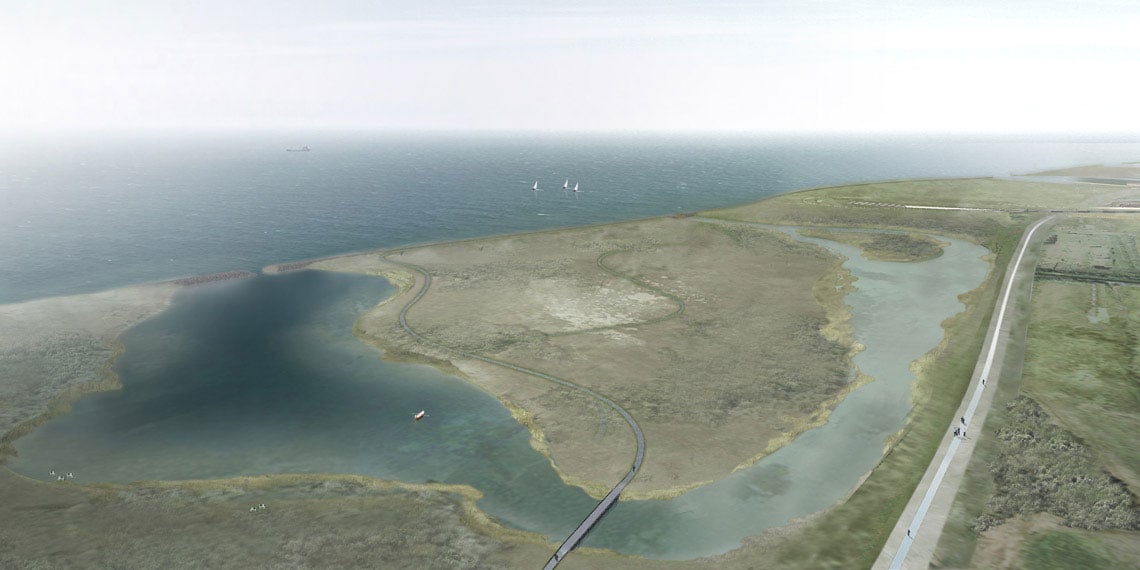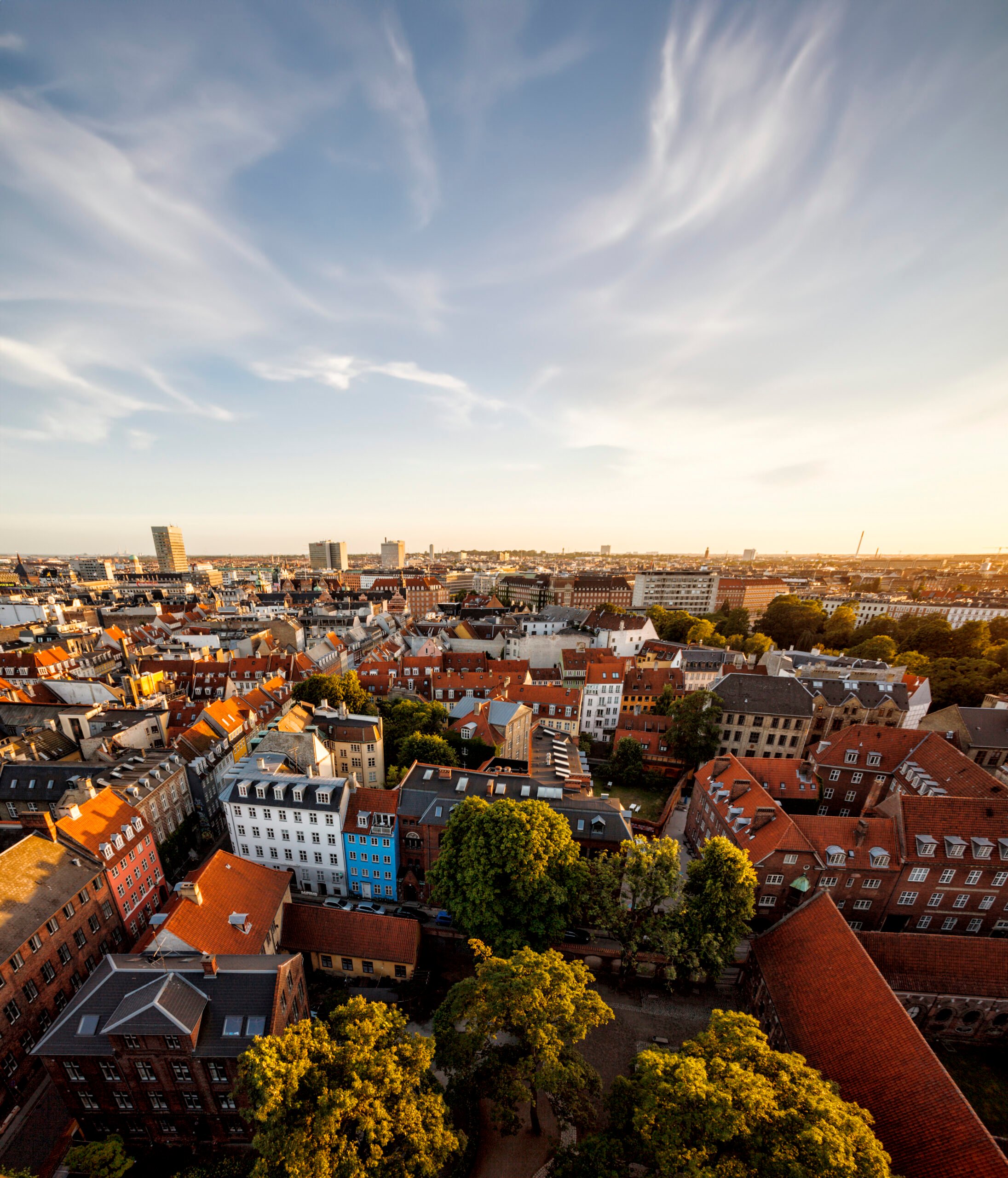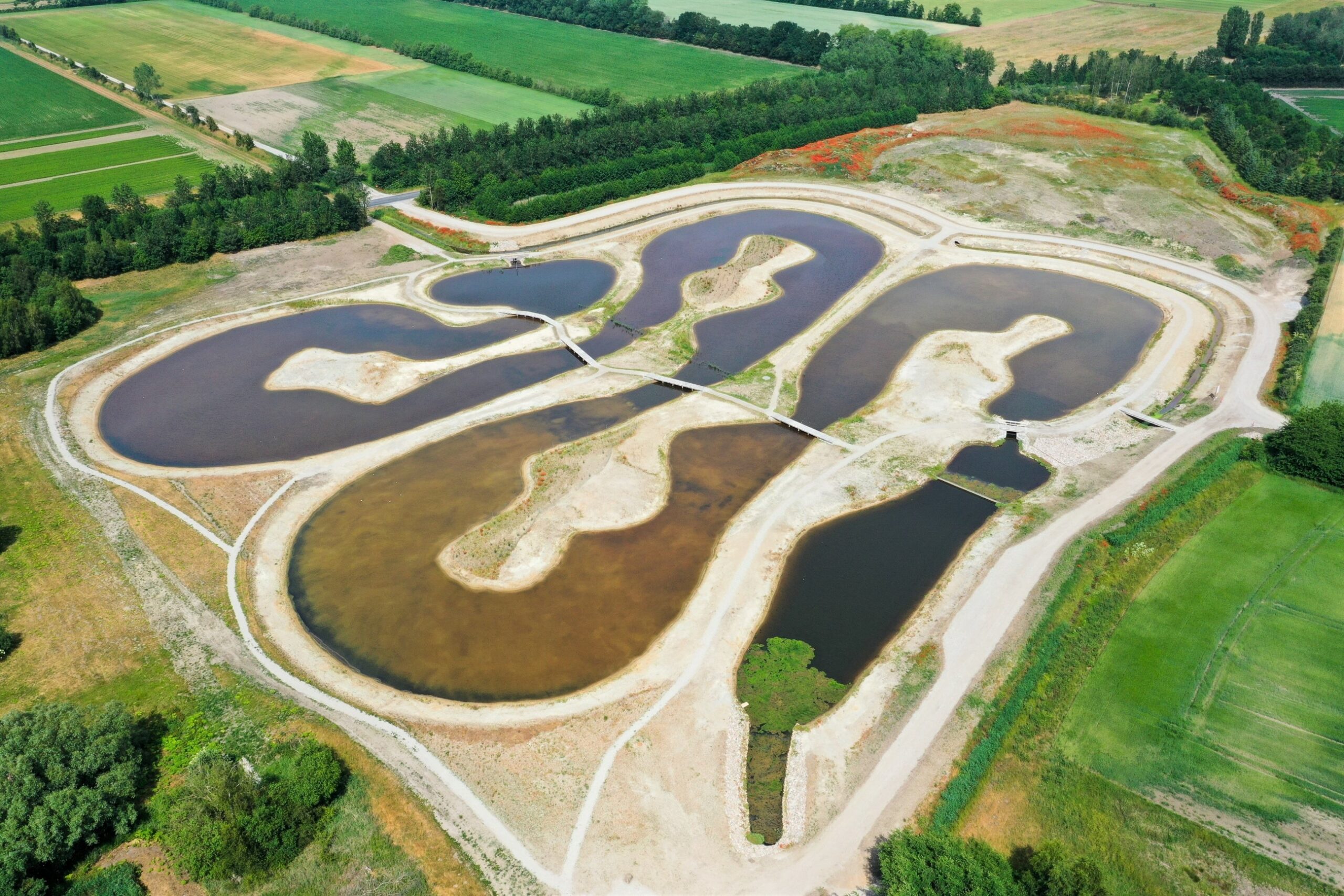News
Buildings
Climate change adaptation
Nature based solutions
New publication showcases top 100 local climate solutions from Denmark


Klima100 features 100 solutions representing 80 of the 98 Danish municipalities. The publication covers a myriad of innovations, including energy efficiency measures in municipal buildings, nature preservation, and ambitious climate plans that light the way to a fossil free future.
The publication also maps out the 100 local success stories in relation to the United Nations’ 17 Sustainable Development Goals. Klima100 demonstrates how locally-governed climate projects across Denmark are also contributing to solving some of the world’s biggest sustainability challenges.
- Related news: 3 Examples of Holistic Urban Solutions: A Water & Climate Adaptation Perspective
Big focus on climate adaptation and carbon neutrality
As one third of the projects nominated for Klima100 are about climate adaptation, it is clear that many Danish municipalities are preparing for a future with more unpredictable and extreme weather caused by climate change. Klima100 provides strong cases on how Danish municipalities have tackled flood risks while providing co-benefits such as restored natural habitats, new recrea-tional spaces for local residents, and groundwater protection. For example, Albertslund Municipality has restored an existing city canal to deal with heavy rain, while Randers Municipality has protected low-lying residential areas by establishing wetland floodplains that double as green parks.
Klima100 emphasizes how municipalities are serious about setting ambitious targets for reducing GHG emissions. For instance, Ærø, Copenhagen, Sønderborg and Aarhus municipalities aim to become carbon neutral between 2025 and 2030.
- With Klima100, we shine a light on 100 of the best climate solutions from municipalities across Denmark. Never before has such a comprehensive picture of Danish local climate action been painted. Klima100 proves that our municipalities do not lack ambition, inventiveness, or the will to act when it comes to fighting climate change locally, Realdania’s Chief Philanthropic Officer, Anne Skovbro said.
- Mapping the top 100 local climate solutions from Denmark, one of the world's green frontrunners and leading nations in citizen engagement, Klima100 will be a source of inspiration from every local government around the world wanting to accelerate and improve their climate action, she continued.
- Klima100 illustrates the great, green impact of the individual Danish municipalities and the enormous potential for them to create local growth and well-being through climate initiatives. We are looking forward to put all of the inspiration of Klima100 to work in our collaborations with cities and local governments nationally and internationally, CEO of Sustainia, Rasmus Schjødt Pedersen commented.
Klima100 was launched on 23 May during the Nordic Clean Energy Week in Copenhagen. The report is available free of charge via Klima100.com.
Klima100 Summit on May 24, 2018 in Copenhagen
On 24 May, municipalities and climate experts from across Denmark and major international cities will gather for a major summit at the venue BLOX in Copenhagen. At the event local governments will share knowledge and best practices on climate solutions and discuss new ideas to accelerate the green transition in the municipalities.
Read more about the event on the Nordic Climate Energy Week website.
- Related news: Ambitious Climate Action Plans for Five Megacities
Collaborating with Sustainia and CONCITO
The Klima100 project is financed by Realdania and written and researched by Sustainia, of whom have been responsible for assessing and selecting climate solutions with inputs from CONCITO and an Expert Panel. Among others, the Expert Panel consists of representatives from the Technical University of Denmark, Climate-KIC and the National Center for Environment and Energy.
Project distribution and categories
The Klima100 projects are divided into 12 categories: Responsible Procurement and Buildings, Green Behavior and Education, Renewable Energy, Green Spaces and Recreation, Climate-Proof Cities, Energy Efficiency and Technology, Climate Action Planning, Coastal Protection, Climate Adaptation of Streams and Lakes, Transportation, Sustainable Communities and Circular Economy.
Selection procedures
Sustainia undertook the process of selecting the featured solutions. They were assessed and selected using a points system based on the following seven criteria:
1. CLIMATE ACTION: The expected or documented reduction in greenhouse gas emissions and/or the expected or documented contribution to climate-proofing. Preference was given to results or goals that are measured and assessed quantitatively, and to documented results over goals.
2. CO-BENEFITS: Improvements of non-climate related matters, assessed according to the UN Sustainable Development Goals. Preferences was given to results or goals that are measured and assessed quantitatively, and to documented results over goals.
3. INNOVATION: Addressing challenges caused by climate change in an innovative manner. This includes the project’s innovative elements, and whether the project is innovative on a national or international level.
4. COLLABORATION: Demonstration of strong cooperation between the involved project partners. This includes partnerships across administrations and municipality borders, or between municipalities and firms or organisations.
5. CITIZEN ENGAGEMENT: Involvement of citizens in the development and implementation of projects. Here the focus was laid on whether citizens have influenced the development and implementation of the project. Preference was given to quantitative documentation of the involvement.
6. SCALABILITY: The extent to which the project is designed, so it potentially can be scaled and duplicated elsewhere. We focused on whether it was planned to scale the project ei-ther within the municipality, or at a regional or national level.
7. KNOWLEDGE SHARING: To what extent the experiences from the project are shared or are planned to be shared, across administrations, municipality boards or national boards.
Source: Realdania
You should consider reading
publications
Resource efficient production
+15















